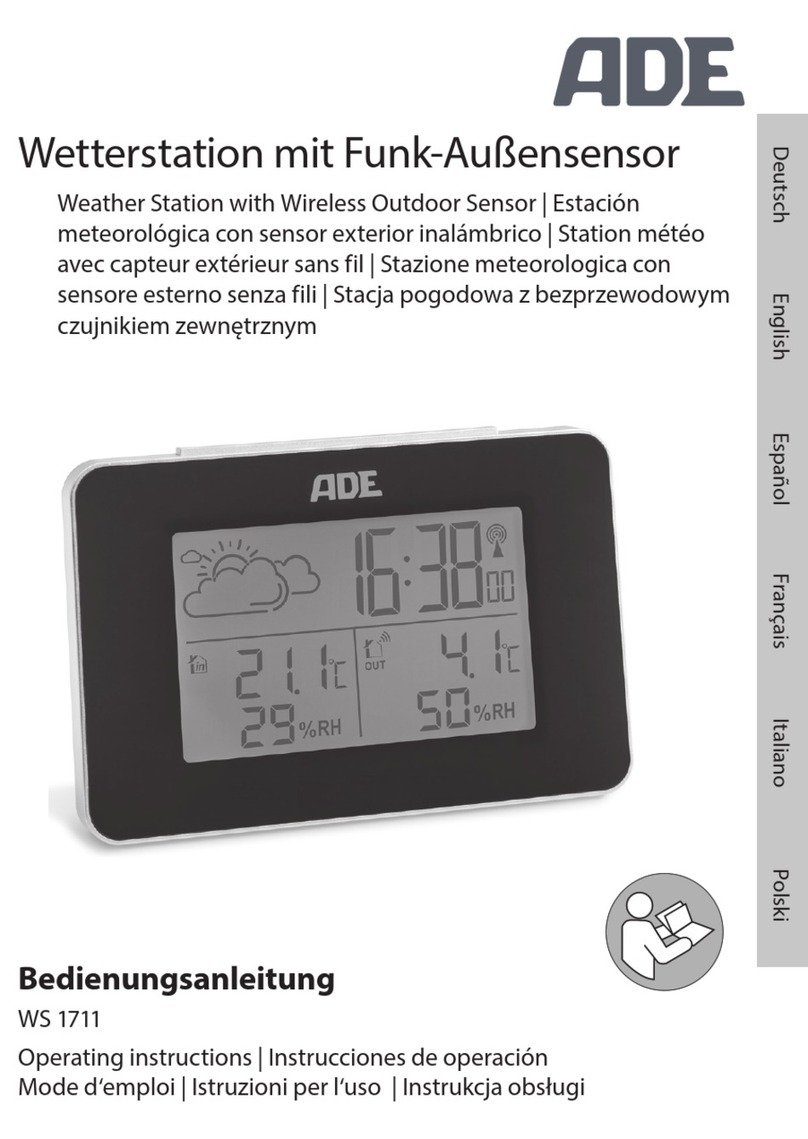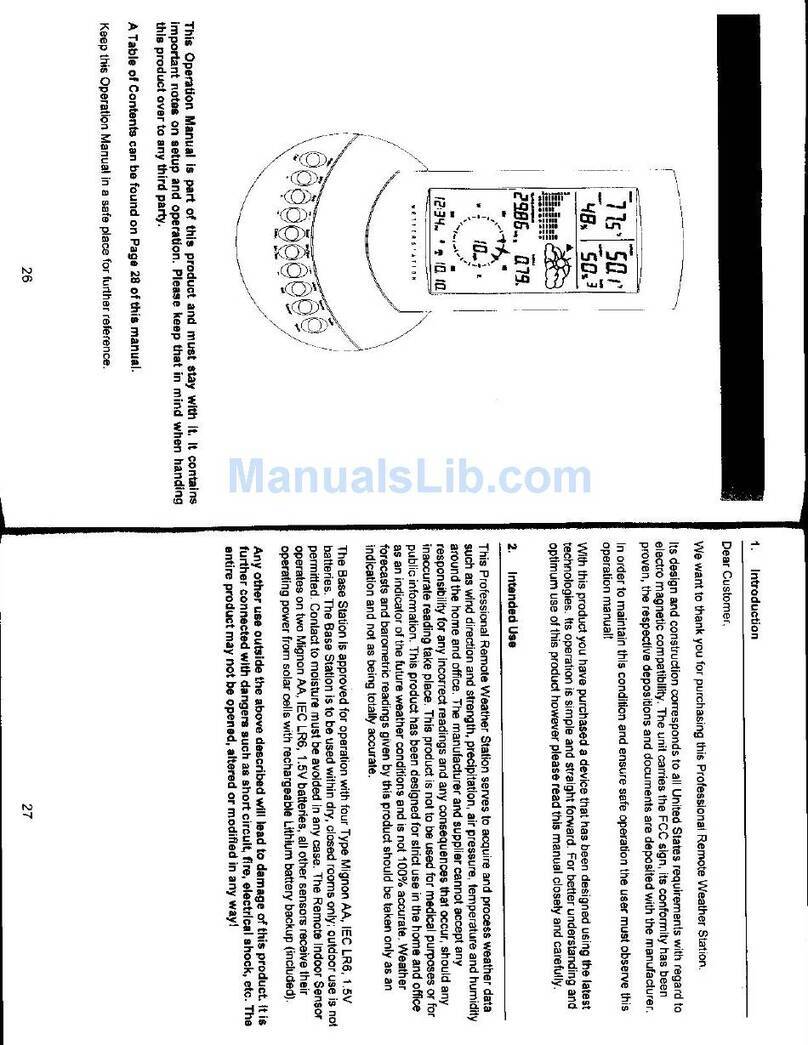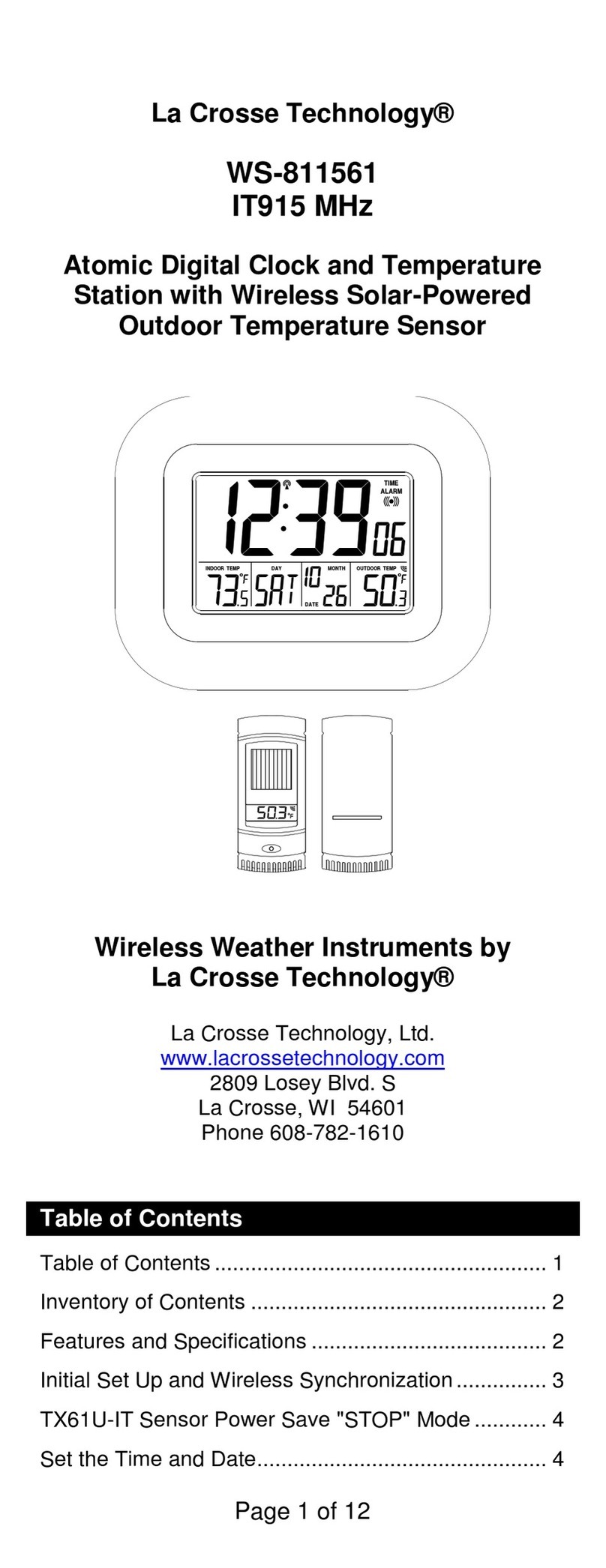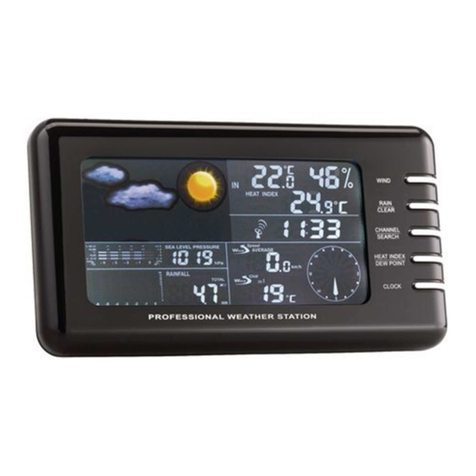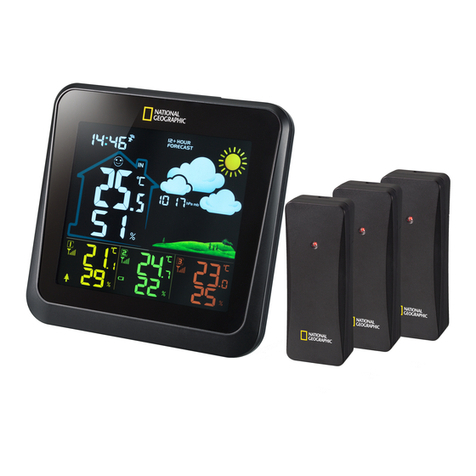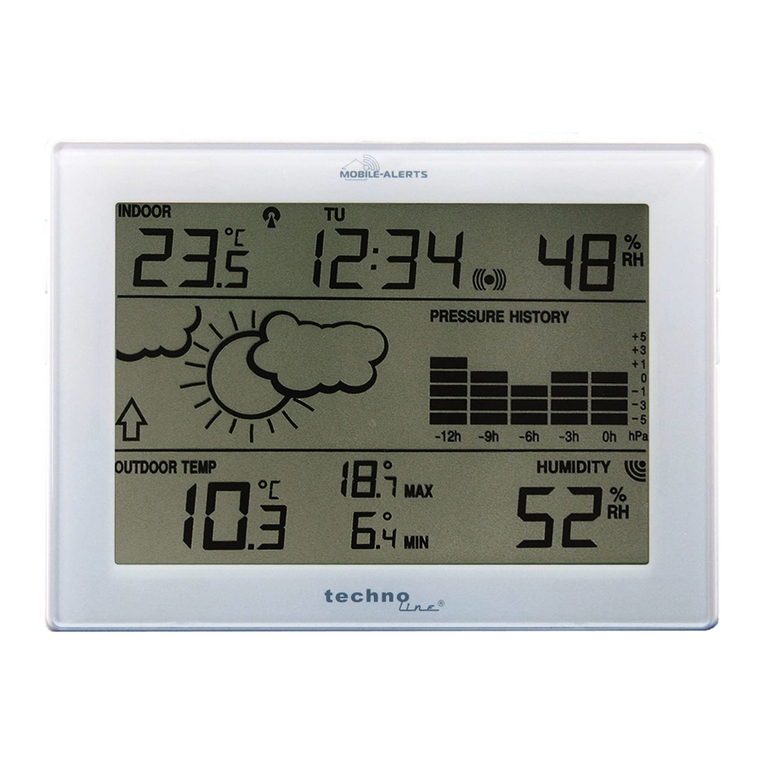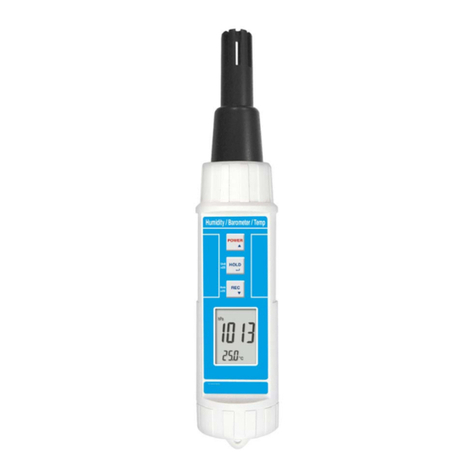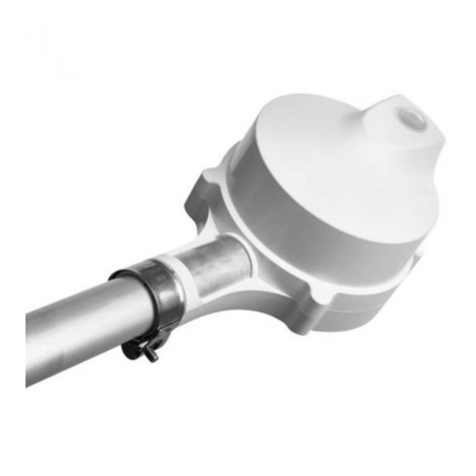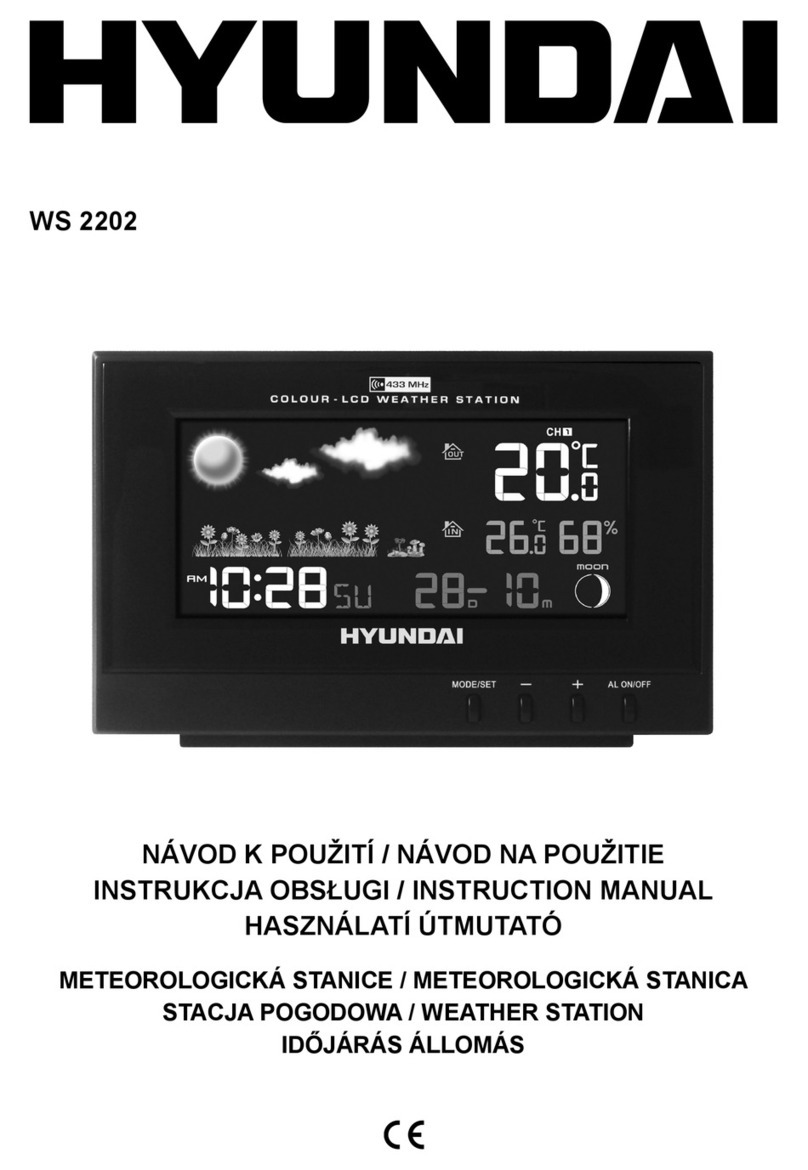
Operating Manual Compact Weather Station
G. Lufft Mess- und Regeltechnik GmbH, Fellbach, Germany 3
Contents
1Please Read Before Use.............................................................................................................................................5
1.1 Symbols Used .....................................................................................................................................................5
1.2 Safety Instructions...............................................................................................................................................5
1.3 Designated Use...................................................................................................................................................5
1.4 Incorrect Use.......................................................................................................................................................5
1.5 Guarantee............................................................................................................................................................5
1.6 Brand Names.......................................................................................................................................................5
2Scope of Delivery........................................................................................................................................................6
3Order Numbers............................................................................................................................................................6
3.1 Accessories.........................................................................................................................................................8
3.2 Spare Parts..........................................................................................................................................................8
3.3 Additional Documents and Software....................................................................................................................8
4Equipment Description...............................................................................................................................................9
4.1 Air Temperature and Humidity.............................................................................................................................9
4.2 Air Pressure.........................................................................................................................................................9
4.3 Precipitation.........................................................................................................................................................9
4.4 Wet Bulb Temperature.........................................................................................................................................9
4.5 Specific Enthalpy.................................................................................................................................................9
4.6 Air Density.........................................................................................................................................................10
4.7 Wind ..................................................................................................................................................................10
4.8 Compass ...........................................................................................................................................................10
4.9 Heating..............................................................................................................................................................10
4.10 Global Radiation................................................................................................................................................10
4.11 Sensor Technology (example: WS600-UMB)....................................................................................................11
5Generation of Measurements...................................................................................................................................12
5.1 Current Measurement (act)................................................................................................................................12
5.2Minimum and Maximum Values (min and max).................................................................................................12
5.3 Average Value (avg)..........................................................................................................................................12
5.4 Vectorial Average Value (vct)............................................................................................................................12
6Measurement Output ................................................................................................................................................13
6.1 Air and Dewpoint Temperature..........................................................................................................................13
6.2 Wind Chill Temperature.....................................................................................................................................13
6.3 Humidity.............................................................................................................................................................13
6.4 Air Pressure.......................................................................................................................................................13
6.5 Wet Bulb Temperature.......................................................................................................................................14
6.6 Specific Enthalpy...............................................................................................................................................14
6.7 Air Density.........................................................................................................................................................14
6.8 Wind Speed.......................................................................................................................................................15
6.9 Wind Direction...................................................................................................................................................15
6.10 Wind Measurement Quality ...............................................................................................................................16
6.11 Compass ...........................................................................................................................................................16
6.12 Precipitation Quantity - Absolute .......................................................................................................................17
6.13 Precipitation Quantity - Differential ....................................................................................................................17
6.14 Precipitation Intensity.........................................................................................................................................17
6.15 Precipitation Type..............................................................................................................................................18
6.16 Heating Temperature.........................................................................................................................................18
6.17 Global Radiation................................................................................................................................................18
7Installation.................................................................................................................................................................19
7.1 Fastening...........................................................................................................................................................19
7.2 North Alignment.................................................................................................................................................20
7.3 Selecting the Installation Location .....................................................................................................................21
